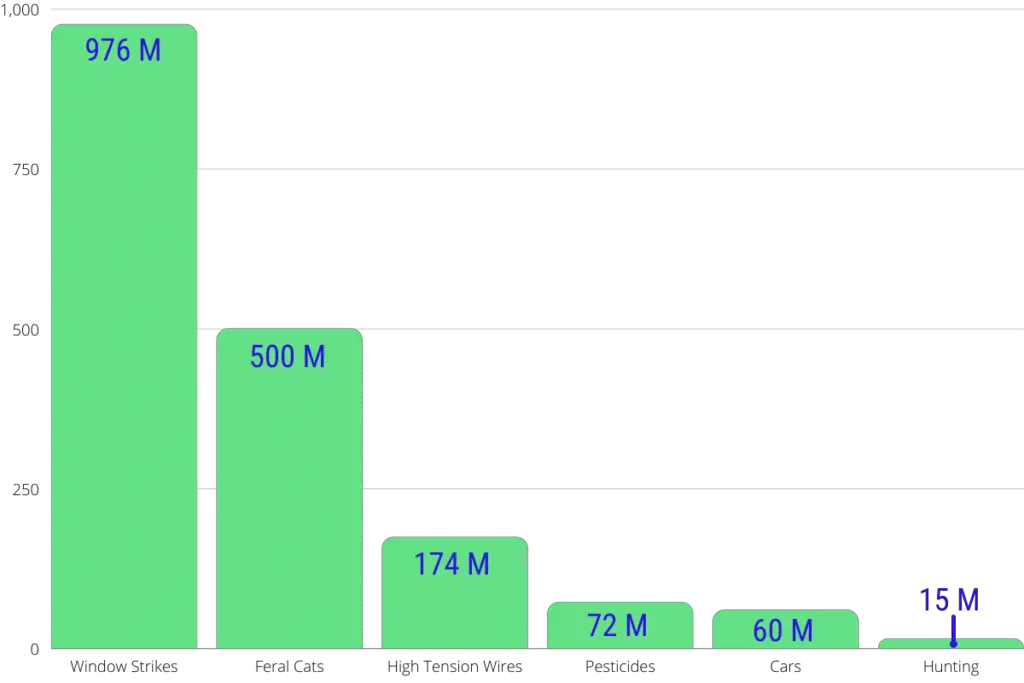Unlike humans, wild birds don’t seem to get wrinkles, gray hair (or feathers), or become forgetful. So how do birds age in the wild? Do they in fact suffer from any of the afflictions of growing old that we are destined to experience?
Birds age slower than mammals and in fact, have a longer lifespan than any mammal by 2-3 times. They show many signs of aging, including changes in feather color, flaky leg skin, overgrown toenails, changes in beak color, and eye color. They also become less active and eat less as they get older.
Continue reading this article to explore the many signs and symptoms of aging in wild birds. You may find yourself at the end of this feeling more than a little jealous of birds and how they manage to escape the troubles of old age. As if we weren’t already jealous enough of their ability to fly, right?!

Visible Signs Of Aging In Birds
To the untrained eye, birds are just…birds. We don’t look at a bird and say “wow, look at that geriatric old bird?!”
Unless they are fluffy little chicks a few days out of the egg, we don’t tend to perceive their ages.
However, there are many visible signs of aging in birds.
Feather Development And Color
As birds age and develop, their feathers undergo many changes. The most obvious of these changes occurs soon after they hatch when they begin to develop their first feathers.
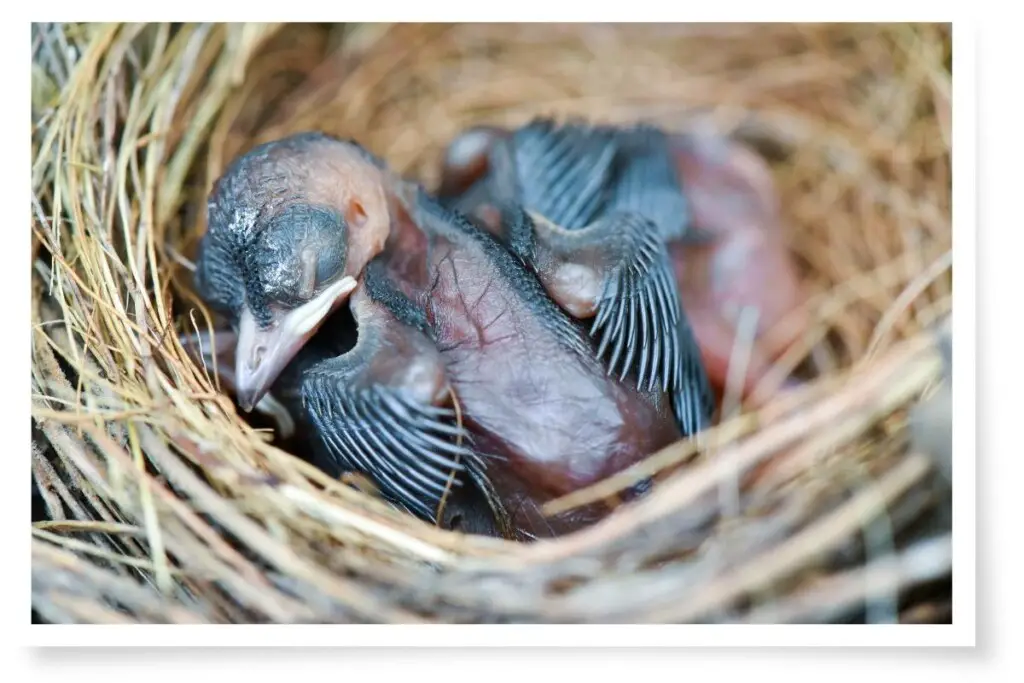
After they have their first feathers grown in, they will then experience what is called a molt either once or twice per year depending on the species. Ornithologists recognize three molts and four plumages as indicated in the table below:

Most birds start life with what is called natal down which varies from a few wispy feathers to a dense covering all over their bodies. Some are born completely void of feathers altogether.

Their natal down is soon replaced by juvenile plumage where their feathers become more like adult birds in size, number, and arrangement.
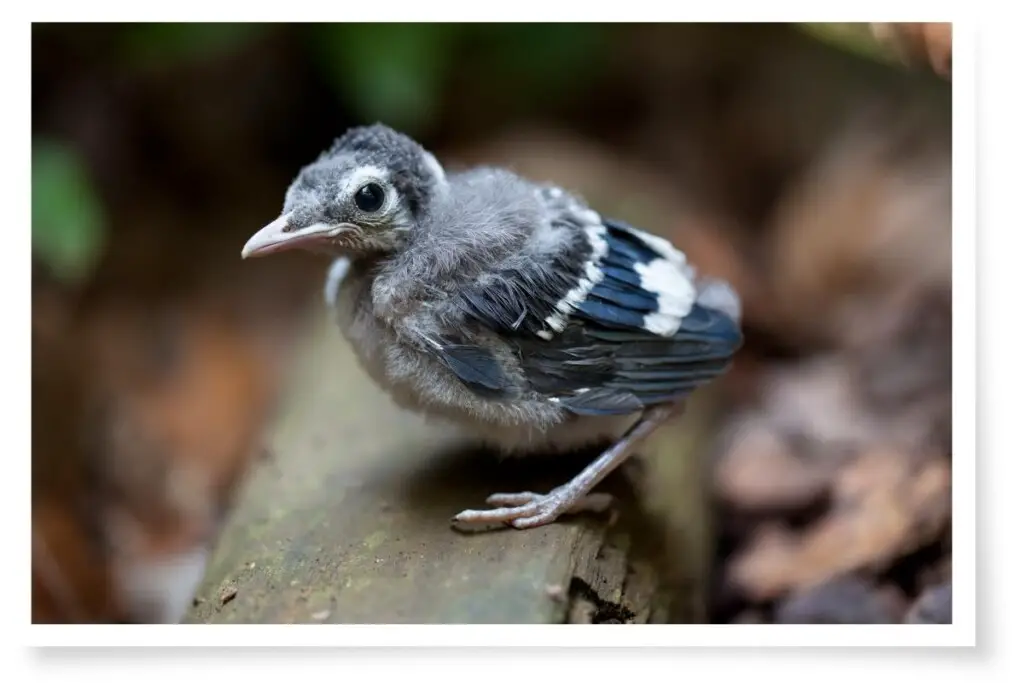
Find out how long birds stay in the nest in this article here on my blog.
In some birds, the juvenile plumage is similar to or the same as adult plumage but in others, there are vast differences between the two plumages. One example of this is the American Robin. The young birds have spotted breasts whereas the adults have that rust-colored breast American Robins are known for.
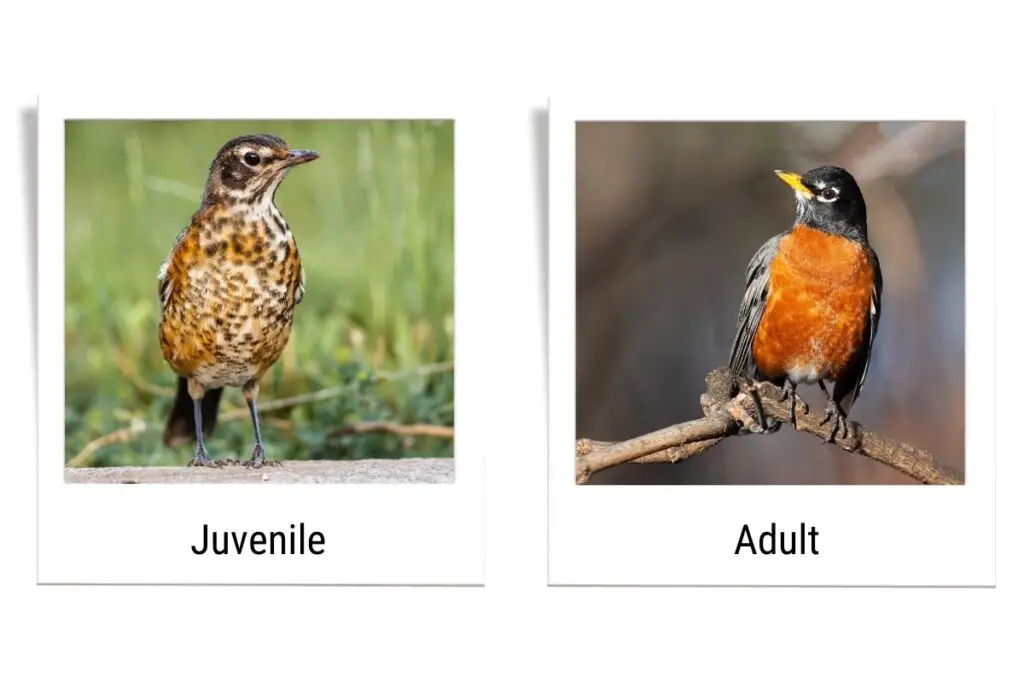
Though they may be the same size as an adult bird, birds with juvenile plumage are only around a few months old.
Some larger birds such as Eagles will retain their juvenile plumage up until the next Spring or Summer after they hatch. Bald Eagles in fact don’t achieve their adult plumage until around 5½ years of age. There are vast differences in the plumages of young Bald Eagles.
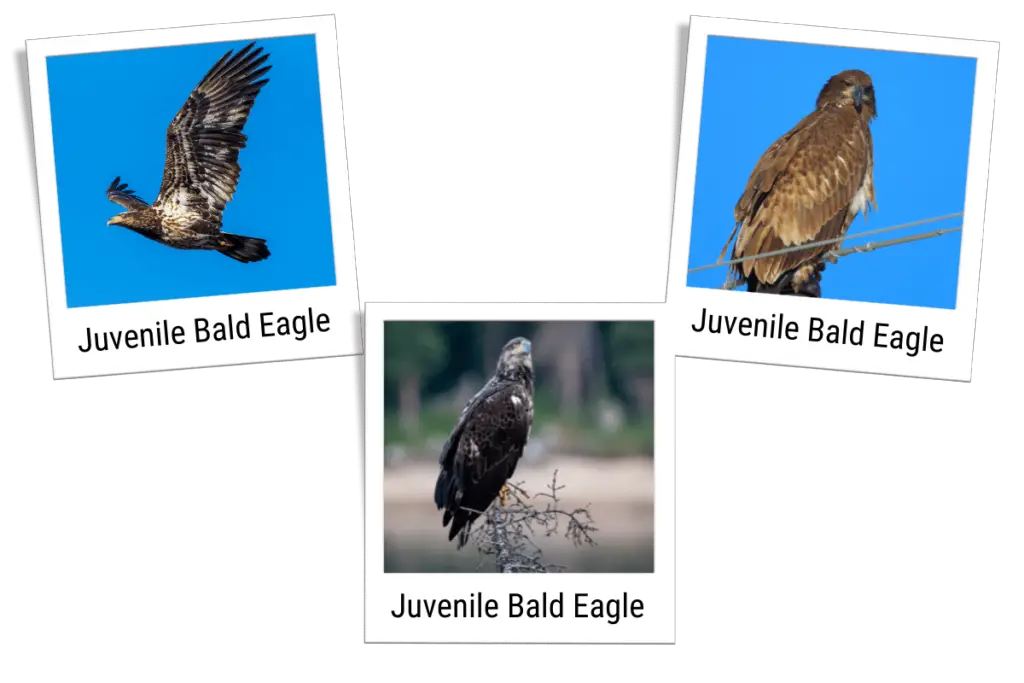
You can see from this that the color of a bird’s feathers can vary significantly with age.
It is not uncommon for a bird to have traces of two or more different plumages when they are molting. Birds that are actively molting will have old feathers from the previous molt as well as new feathers growing in.
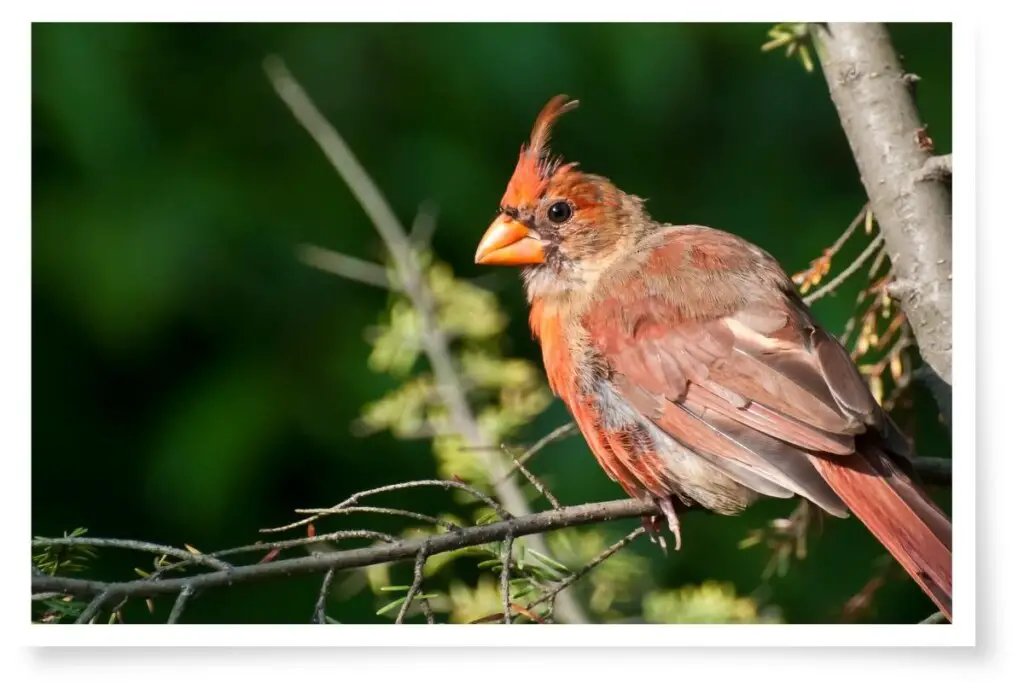
Hear the calls of the Northern Cardinal and other New England birds in this post.
Figuring out the age of a bird often involves determining how many feather generations it has and what those generations are.
As a bird gets older, its feathers may become duller also and this can be an indicator that they are getting on a bit.
Beak and Eye Color
Another indicator of age in some bird species is the color of their beaks and eyes. Australian King Parrots are an example of this.
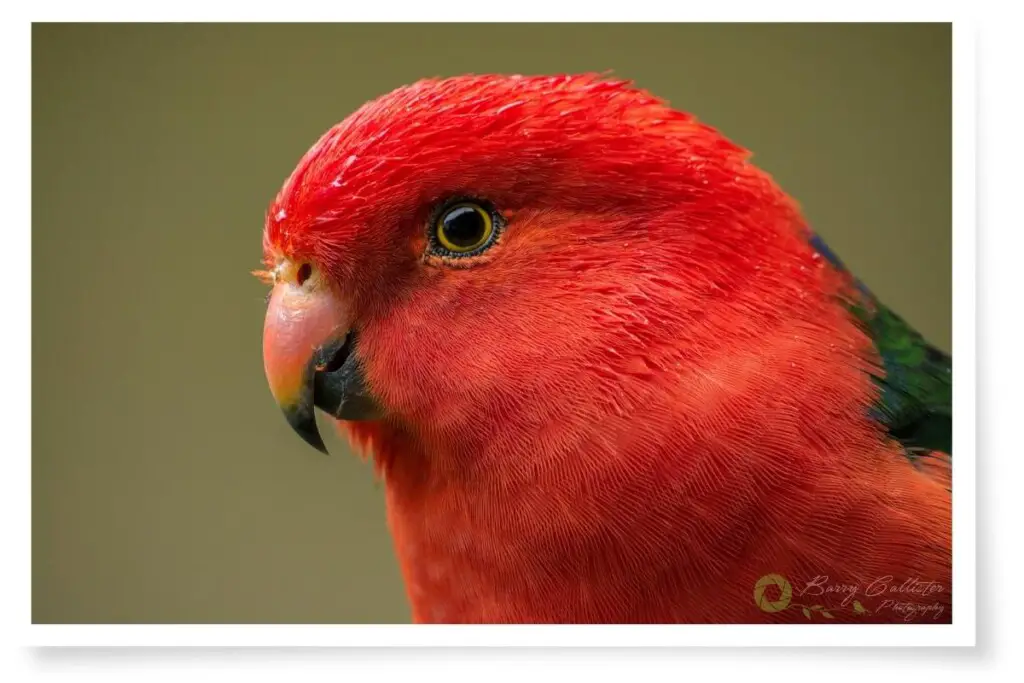
In juvenile birds, the beak is much paler, and the eyes are much darker, lacking the distinctive yellow iris.
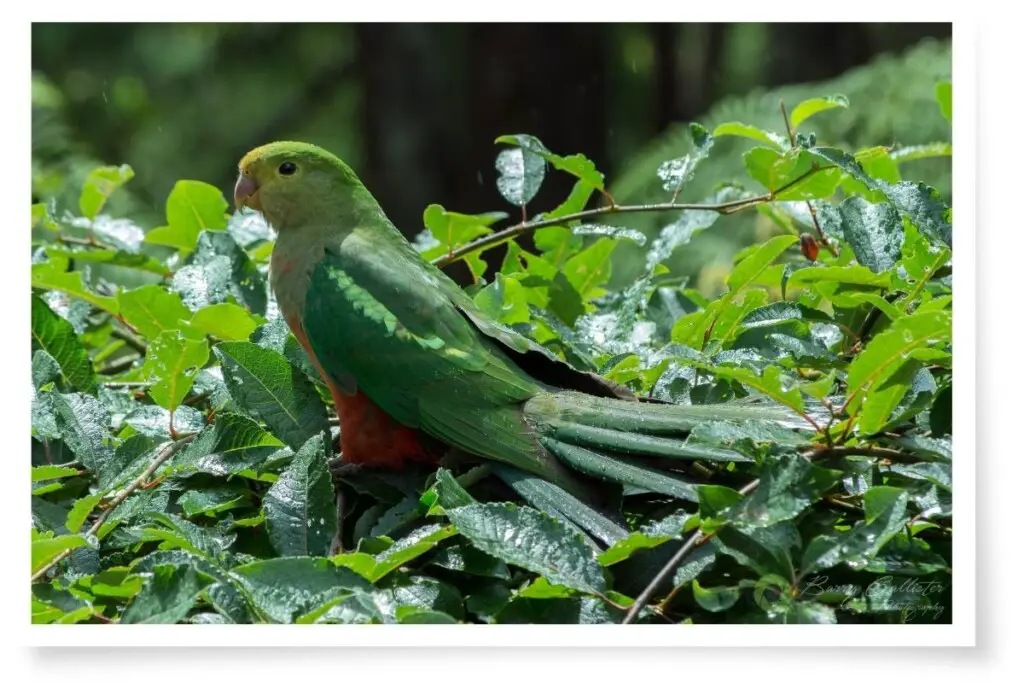
Color And Condition Of The Legs
Some birds undergo changes in the color and condition of their legs as they age.
The American Coot, for example, starts out with tan-colored legs for the first 30 to 45 days of its life. After this, its leg color changes to blue-green then to yellow-green, to clear yellow, and finally to red-orange or yellow-orange in mature adults.

Some birds will develop flaky skin on their legs when they are getting on in years too. This can be due to sun damage or wounds sustained during their life.
Loss Of Feathers
As birds age and go about their everyday life, it is possible that they can lose feathers which then do not grow back. This can be for any number of reasons such as injuries sustained during predator attacks, problems or diseases in feather follicles, feathers growing back wrong after a molt, etc.
As birds get older, they naturally have fewer feathers, and feather growth is also slower.
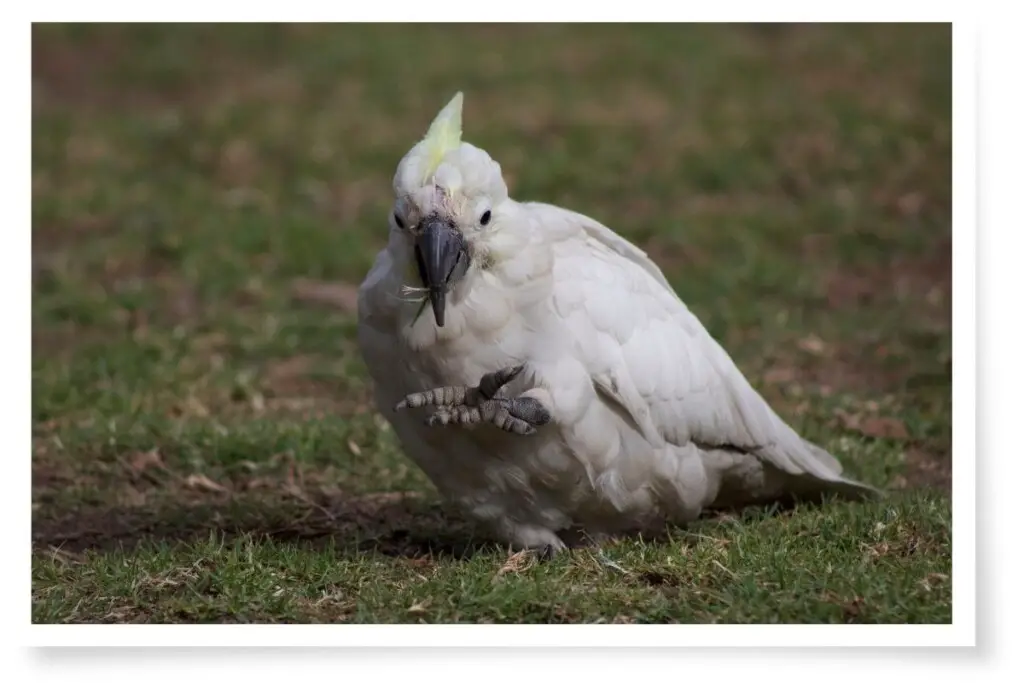
You do not often see birds in the wild with missing feathers as it can cause problems with their flight, making them vulnerable to predators.
Find out which bird lives the longest in this article on the site.
Internal Signs Of Aging In Birds
Just as aging causes changes on the outside of a bird’s body, there are also certain things that happen internally as well.
Arthritis
Older birds can develop arthritis as a result of bone fractures or infected wounds. This can greatly affect their mobility and therefore, their capacity to gather food.
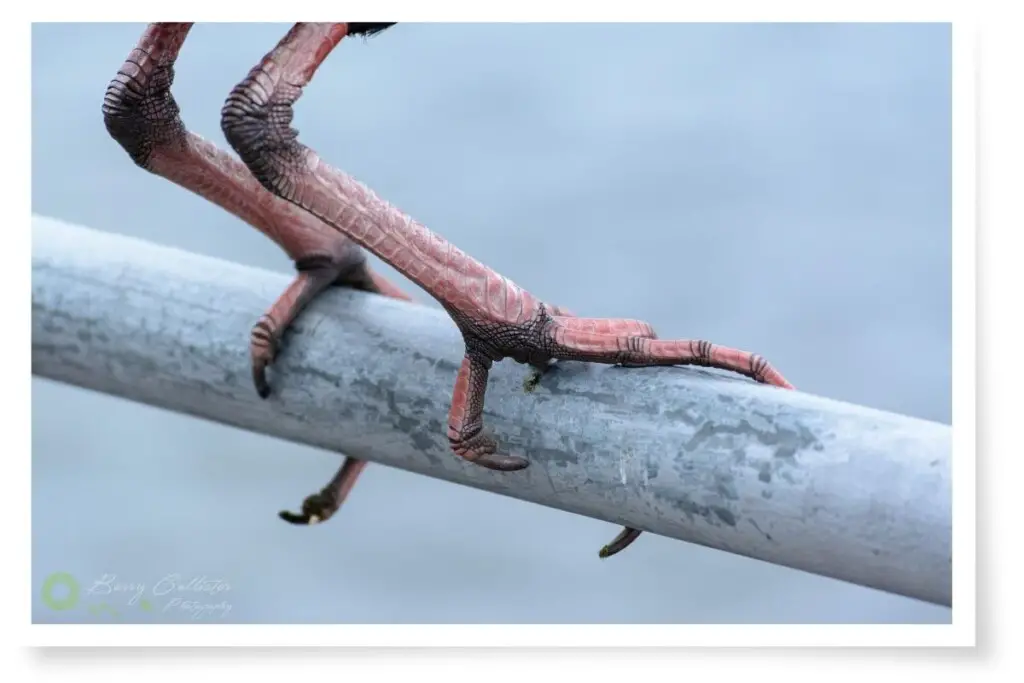
More than likely, an arthritic bird will be picked off by a predator. If this doesn’t happen, they may possibly die from malnutrition or hunger.
Atherosclerosis (Hardening of the Arteries)
In the same way that we can get hardening of our arteries because of poor diet choices, it turns out that birds suffer from this too. Avian atherosclerosis mainly affects the aorta at the base of a bird’s heart.
Wild Turkeys have been found to be particularly susceptible to this disease. In fact, it’s possible that rupturing of the aorta due to atherosclerosis may cause mortality rates of up to 20% in male flocks.
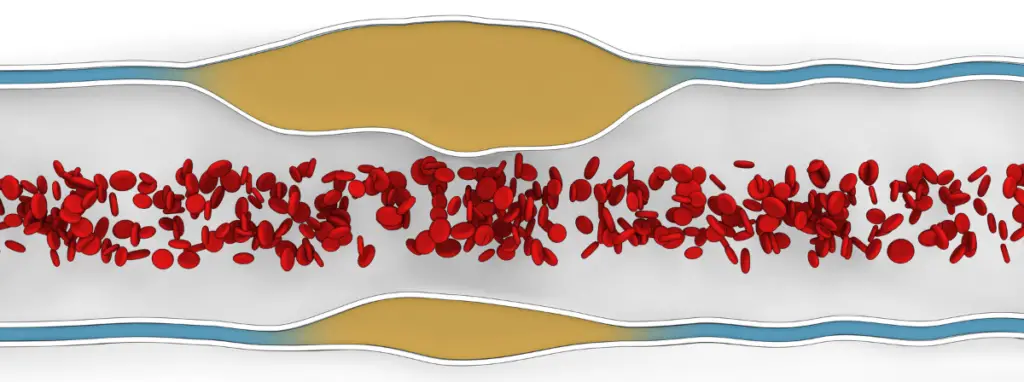
As this condition results in poor blood flow to critical organs, it can cause symptoms such as lethargy, disorientation, seizures, fainting, difficulty breathing, anorexia, regurgitation, and leg lameness.
Unfortunately for most birds suffering from this, the first indicator of its presence is aortic rupture and sudden death.
Do Wild Birds Die Of Old Age?
Wild birds do not tend to die of old age. Most wild birds will die long before old age has an opportunity to weaken them. Merely trying to survive will kill most birds. Many man-made factors such as habitat destruction, pesticides, cars, and windows claim the lives of millions of birds per year.
The table below, taken from an estimated annual mortality chart on sibleyguides.com shows the main causes of bird mortality as recorded in 2003. Keep in mind, that these numbers are in millions!
The data above is for the U.S. only. It should also be kept in mind that the biggest killer of wild birds by far is habitat destruction. The items in the table above also kill individual birds, not whole populations of birds as habitat destruction does.
The Sounds Of Birds Aging
Another way in which birds age is through the sounds they make. In some species, it takes time to perfect some of the difficult calls and songs that adult birds produce.
Black-capped Chickadees are a great example of this. They have one of the most sophisticated communication systems of any land animal. Young birds are not simply born with the ability to make all the sounds a chickadee is capable of; they must learn this.

Nestlings give simple peep sounds the day they hatch. For 4 to 5 weeks after this, any sounds they make are primarily to elicit food from their parents.
By 16 to 17 days old, chickadees can approximate the calls of adult birds. By day 32, they are able to produce well-formed dee syllables and at 40 days old, they develop the other three types of syllables in the chick-a-dee call. Other adult sounds appear around days 30 to 36.
Just like us as babies, trying to pick up speech, it takes time for birds to develop their distinct calls.
Hear the calls of more New England birds in this article.
Summary
Even though birds reach maturity far quicker than we do, it’s not really physically evident. We can generally take a stab at the age of a person based on how they look but to do the same with a bird is impossible.
As you have discovered in this article, there are many things both externally and internally that happen to birds as they age. However, to say that wild birds “suffer” from old age would be inaccurate.
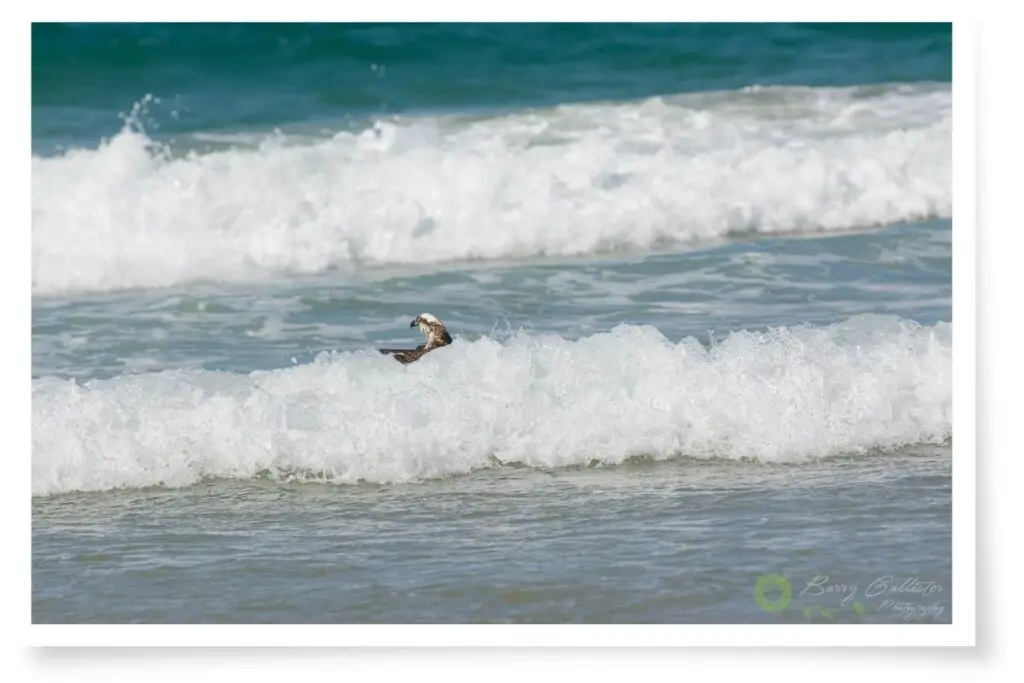
You might say they live hard and fast. From the moment they hatch, they are destined to mature as quickly as possible, driven to survive and reproduce, and blessed to be among the few animals on the planet with the gift of flight.
To live like a bird would probably be somewhat stressful. To age like a bird, however, would be a joy.
References
- The Life Of Birds – Joel Carl Welty
- Fundamentals of Ornithology – Josselyn VanTyne and Andrew J. Berger
- Tarsal Color Of American Coots In Relation To Age – Richard D. Crawford
- Avian Atherosclerosis – Judy St. Leger
- Additional bird information and facts – birdsoftheworld.org

